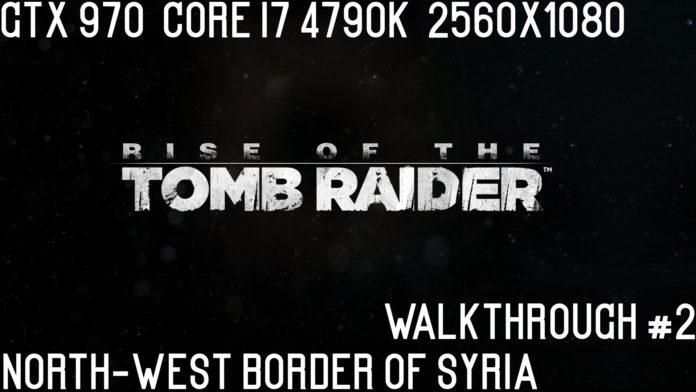
The reboot named Tomb Raider presented a new origin story that remade Lara as a more plausible character, fallen into the violent business of supernatural archaeology as the result of a shipwreck. The reboot was well received but it still had some flaws. 3 Years down the line the much awaited finally arrives. Let’s find out if it manages to fix its predecessors short comings.

Though Rise of the Tomb Raider wastes little time in getting Lara into the thick of a brand new adventure, it’s still burdened by much of its predecessor’s baggage. Following in her archaeologist father’s footsteps, the younger Croft travels to Siberia to find “the Divine Source,” a legendary artifact said to grant immortality. Alternating between the perilous first steps of her journey and flashbacks to the days leading up to her departure, the game immediately demonstrates a far greater understanding of compelling dramatic structure than 2013’s Tomb Raider. The plot moves forward with welcome momentum, mixing quiet scenes of exploration with fast-paced action sequences.

The writing used to relate all of this is edgy. The dialogue is blunt and monotone. Despite many of the actors’ commendable efforts to sell their lines, the story remains too brusque and formulaic to stay compelling beyond the first few hours of set-up. More disappointingly, Lara, still poised to fully become the self-assured adventurer the previous game only partially moved her towards, develops very little as a character, her actions and personality still defined more by her father than herself.
When the story fades to the background and the player is left only to climb, jump, swim, and shoot through the world, Rise of the Tomb Raider is much stronger. Largely the game impresses most on the basis of detailed character animations and solid art design. Moving from snowy mountain ranges to the ruins of Byzantine villages, Lara’s journey is consistently varied and visually stunning. Small details inform the centuries of history that have shaped the region, providing a sense of archaeological discovery far better than the explicit storytelling. It’s hard to overstate how much of Rise’s success is due to its visual design.

And this makes it unfortunate that the beauty of the world is frequently diminished by the constant presence of collectible items, littered around the environment to the point of distraction. The mechanical requirements of unnecessary crafting systems and a glut of pick-ups make it necessary for the player to frequently hit a button to ping Lara’s heightened senses. Rise’s collectables seem like fluff in the first place, but, when looking for them makes the screen’s vivid colors drain and loud yellow outlines ruin the great-looking landscapes, they begin actively diminishing the art design—one of the game’s strongest suits.

All of this ties in to the sense that Rise of the Tomb Raider is torn between the desire to be either a free-form exploration game or a more tightly directed sequence of interactive action scenes. When the game shifts into the latter mode, it’s exceptional. Crystal Dynamics has a real talent for the construction and pacing of harrowing gun battles and nail-biting escapes from physical danger. But, when these sequences pass and the player is left to wander an open world overstuffed with collectables, it loses sight of the kind of experience its developer seems suited to creating.














